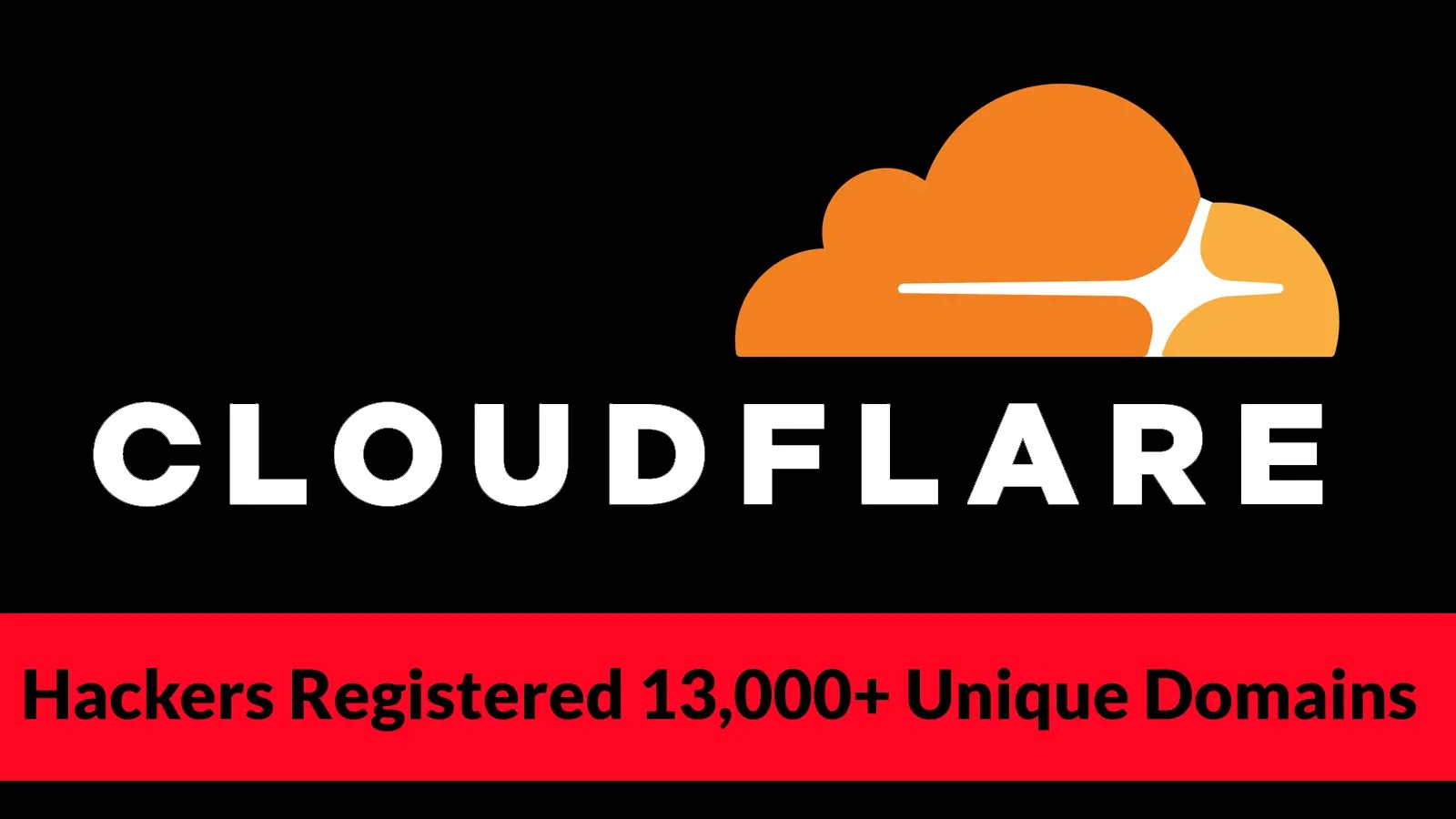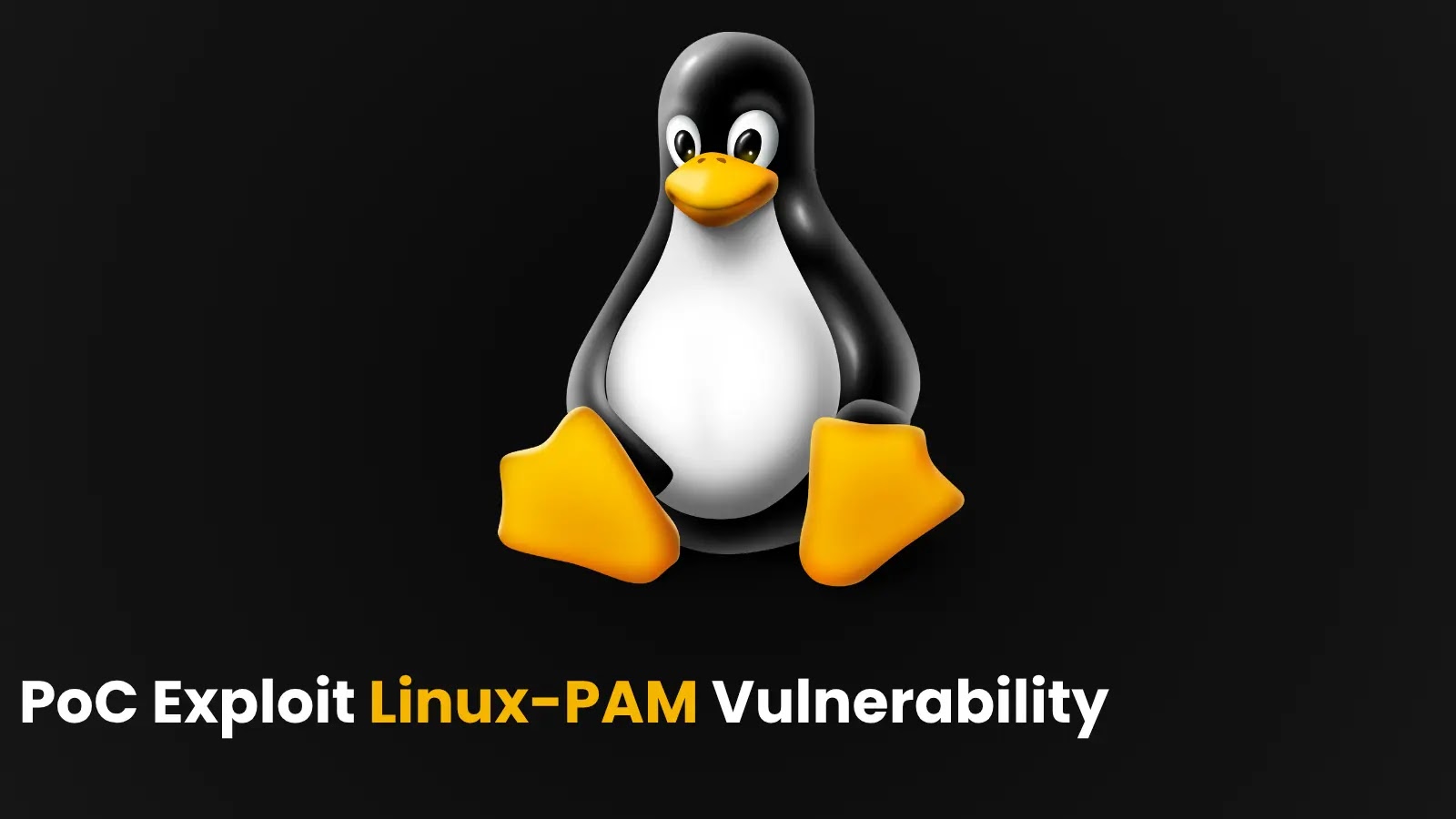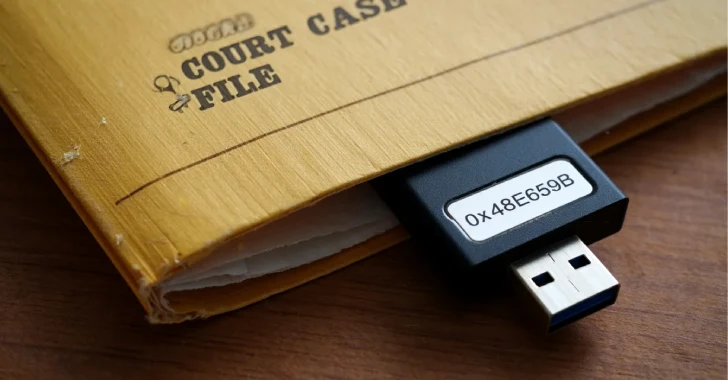In mid-2025, cybersecurity researchers at Lab539 identified a significant surge in a novel browser-based malware campaign termed ClickFix. This campaign, which began subtly in July, rapidly escalated by registering over 13,000 unique domains. These domains are meticulously crafted to deceive users into executing malicious commands on their devices.
Exploitation of Hosting Services
The attackers strategically utilize compromised or economically acquired hosting infrastructures to disseminate their payloads. A notable portion of these malicious domains is hosted behind Cloudflare’s services, accounting for approximately 24% of the observed ClickFix domains. This tactic not only enhances the campaign’s reach but also complicates detection and mitigation efforts.
User Interaction and Deception Techniques
Upon visiting these malicious sites, users are initially presented with a CAPTCHA challenge, a common security measure that lends an air of legitimacy. Following this, they are instructed to execute a command copied to their clipboard. This social engineering tactic effectively tricks users into running arbitrary scripts or executables, thereby compromising their systems.
Rapid Expansion and Automated Domain Registration
Initially, the proliferation of ClickFix domains did not raise immediate concerns. However, by mid-August, a significant spike in domain registrations caught the attention of multiple threat intelligence platforms. Lab539 analysts observed a sudden increase in front-end sites that deliver malware under the guise of verification steps. This approach distinguishes ClickFix from traditional phishing or watering-hole attacks.
The sheer scale of domain registration suggests the use of an automated provisioning pipeline. This method likely leverages pay-as-you-go registrar services and resold hosting, deviating from the manual setups typically employed by advanced persistent threat actors.
Diverse Infrastructure to Evade Detection
Despite Cloudflare’s significant role, the campaign’s infrastructure is notably diverse, encompassing nearly 500 other hosting providers. This strategic distribution complicates efforts to block malicious domains through simple blacklisting. Regional Virtual Private Server (VPS) services in countries such as the United States, Germany, Indonesia, and Brazil are prominently featured. This reflects both a global distribution strategy and the opportunistic compromise of third-party servers.
In many instances, attackers repurpose outdated or misconfigured subdomains, including those of long-standing academic or municipal institutions. This tactic allows malicious traffic to blend seamlessly with legitimate DNS records, further evading detection.
Infection Mechanism and Payload Delivery
The core infection mechanism of ClickFix exploits the browser’s clipboard API. After completing the CAPTCHA, the site writes a PowerShell command sequence to the clipboard. When executed by the user, this command downloads and runs a VBScript payload without further interaction. This method underscores the campaign’s reliance on social engineering rather than complex exploit chains.
Variations of this technique include direct executable downloads and obfuscated scripts, indicating the involvement of multiple operators utilizing the ClickFix framework. The widespread use of this mechanism highlights how minimal technical sophistication, when combined with automated domain registration and global hosting assets, can lead to large-scale intrusions.
Implications and Recommendations
The ClickFix campaign exemplifies the evolving landscape of cyber threats, where attackers increasingly rely on social engineering and automated infrastructure to achieve their objectives. The use of legitimate services like Cloudflare to mask malicious activities presents significant challenges for detection and mitigation.
To protect against such threats, users and organizations are advised to:
– Exercise Caution with Unsolicited Prompts: Be wary of websites requesting the execution of commands or scripts, especially those presented after seemingly routine security checks like CAPTCHAs.
– Implement Robust Security Measures: Utilize comprehensive security solutions that can detect and block malicious scripts and executables.
– Regularly Update and Patch Systems: Ensure that all software and systems are up-to-date to mitigate vulnerabilities that could be exploited by such campaigns.
– Educate Users on Social Engineering Tactics: Provide training to recognize and avoid common social engineering techniques used in malware campaigns.
By adopting these practices, individuals and organizations can enhance their defenses against sophisticated campaigns like ClickFix.



